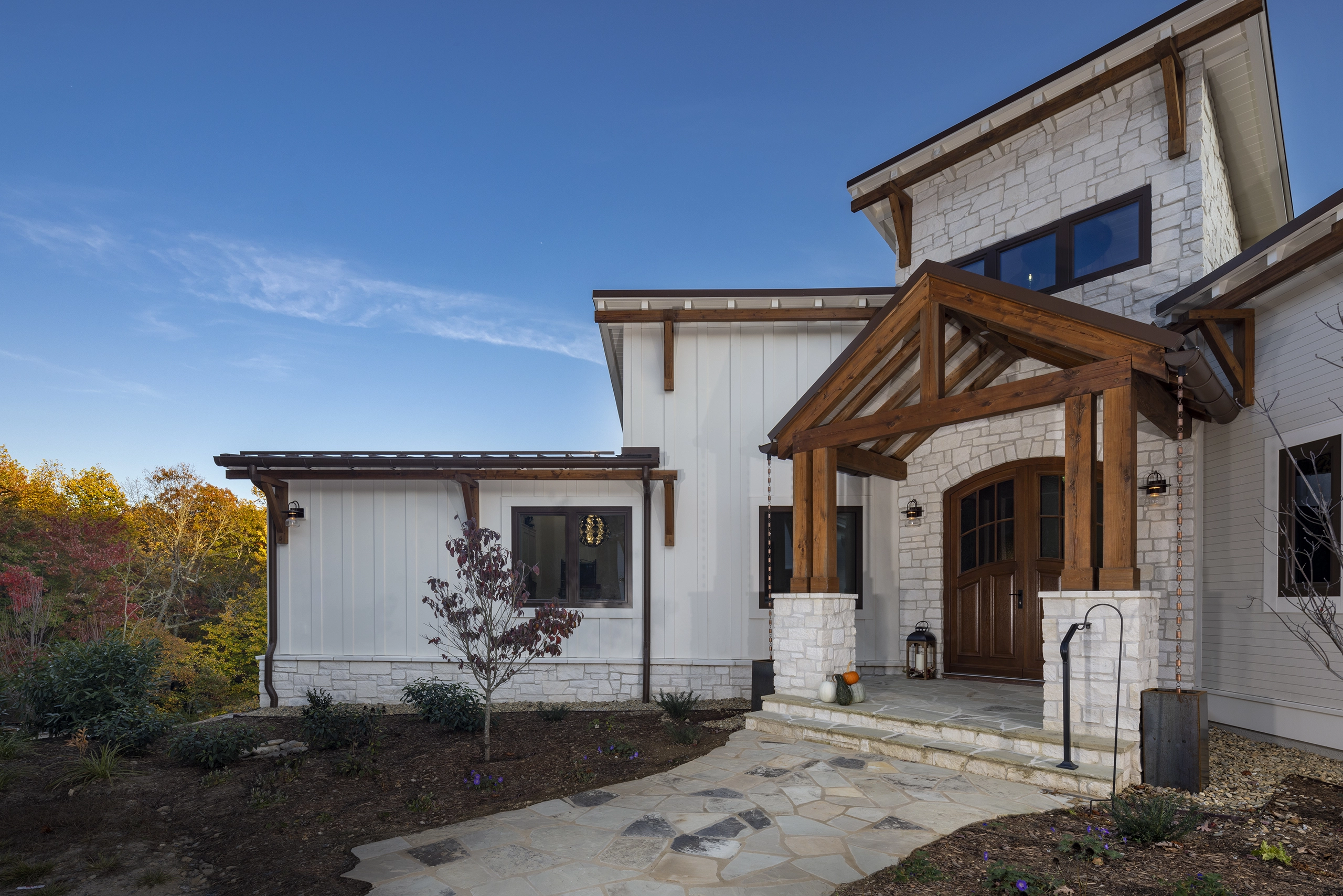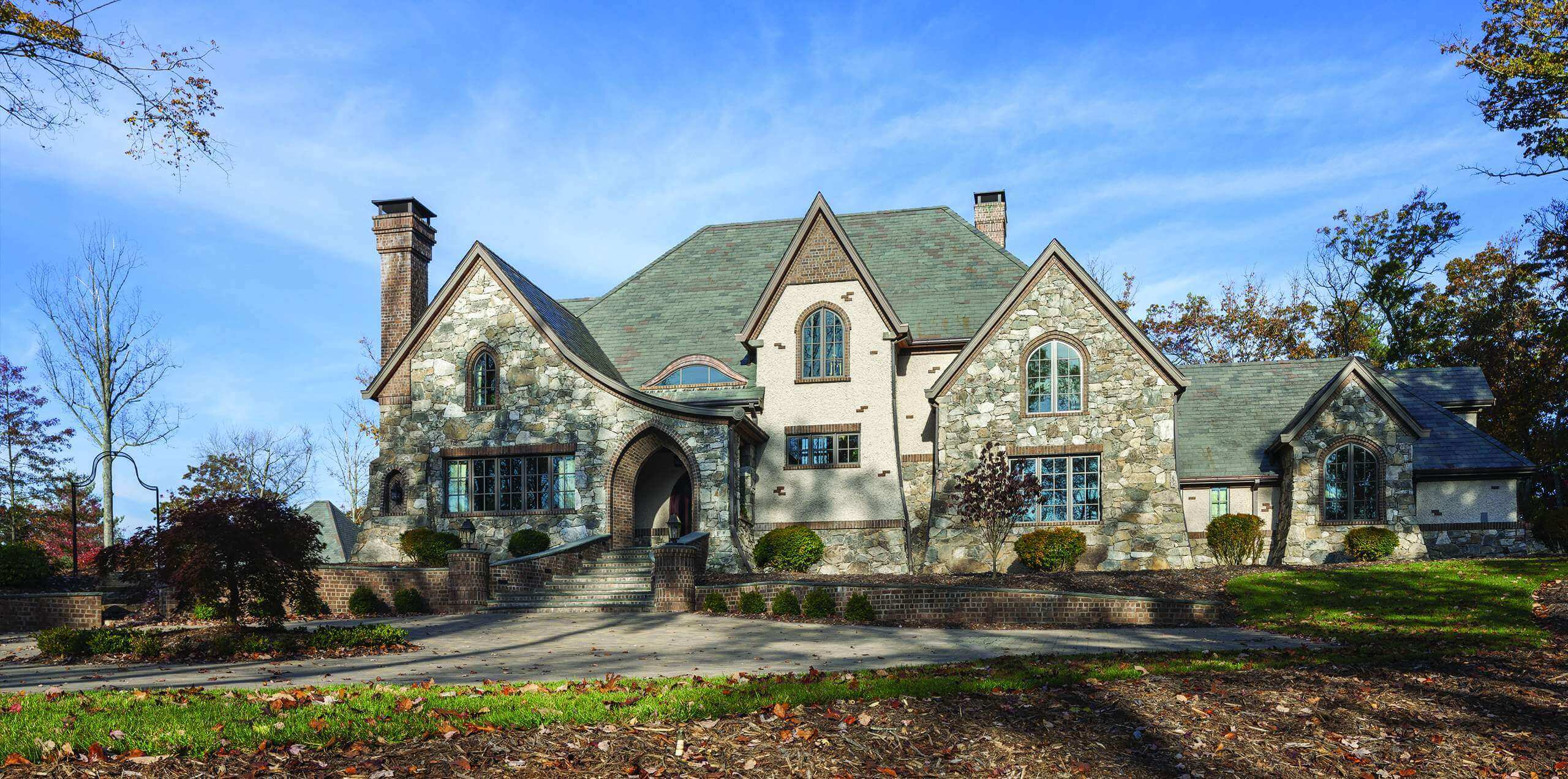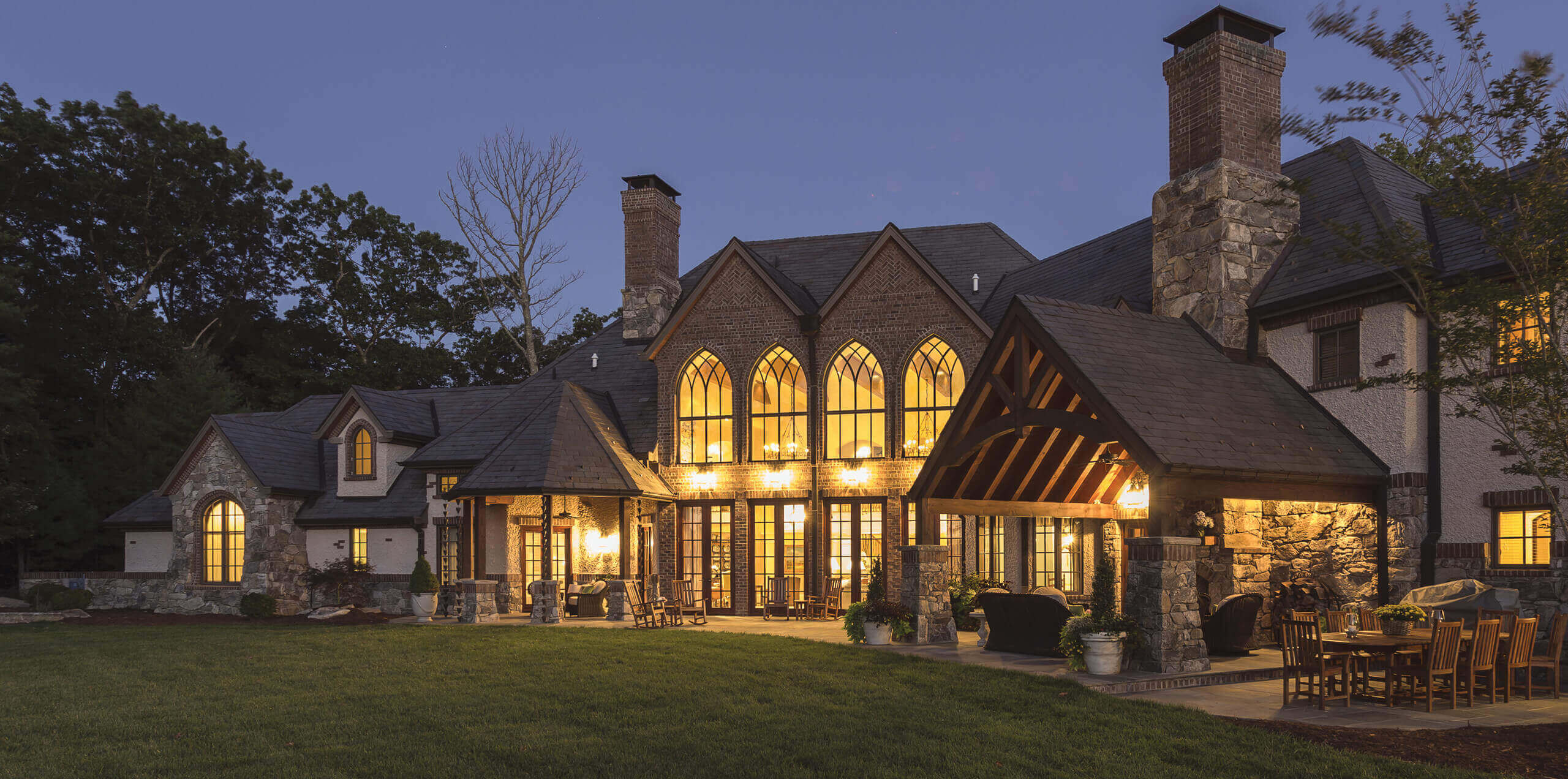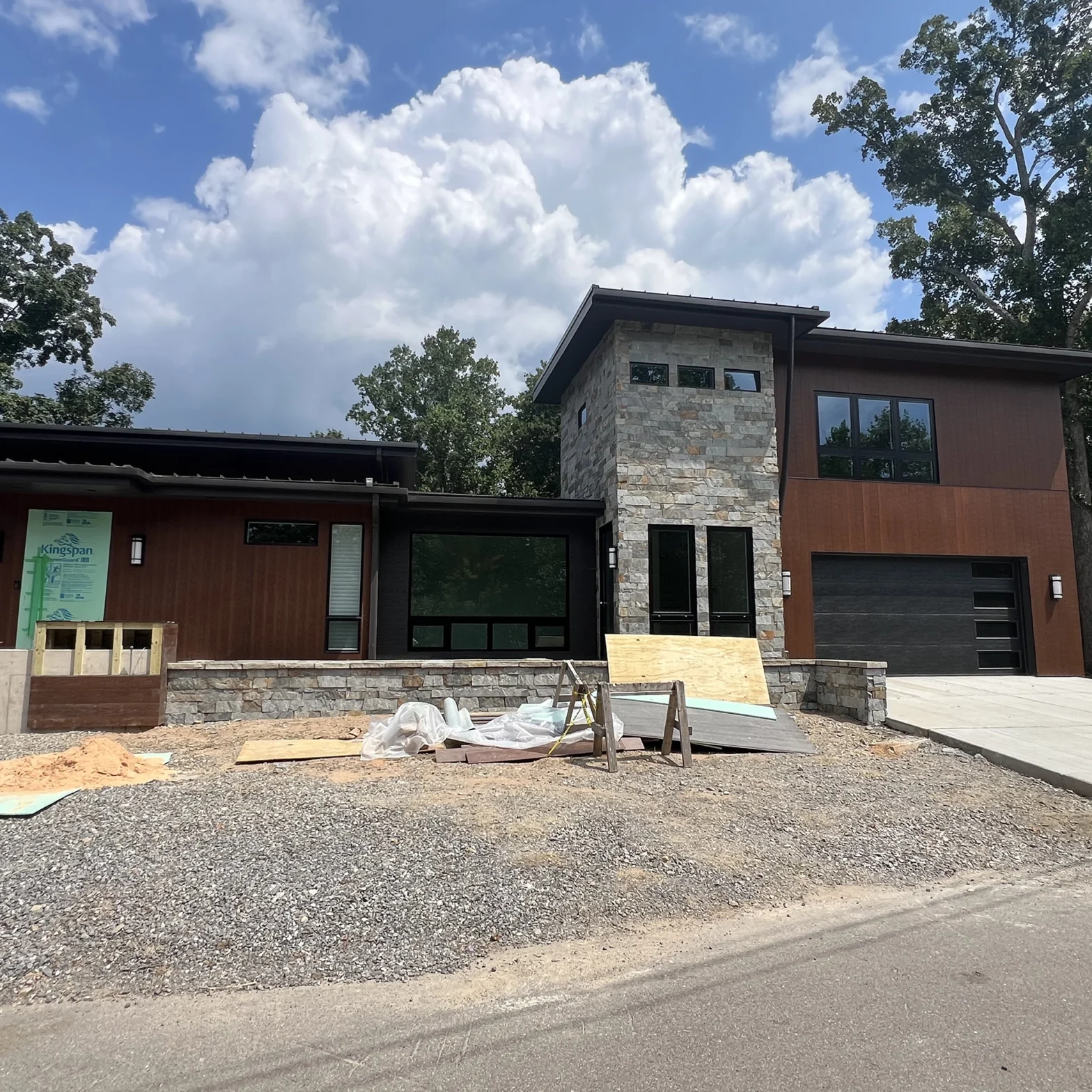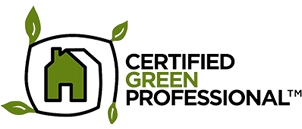Maintaining a sustainable home is an ongoing commitment that pays off in reduced environmental impact, lower utility bills, and a healthier living environment. While major renovations and upgrades often require professional help, there are numerous DIY projects and practices you can implement to keep your home eco-friendly. Here are some practical DIY tips for maintaining a sustainable home.
1. Energy Efficiency Upgrades
One of the most effective ways to maintain a sustainable home is to focus on energy efficiency. Start by sealing any gaps and cracks around windows, doors, and other openings to prevent drafts and improve insulation. Weatherstripping and caulking are easy DIY projects that can significantly reduce energy loss. Additionally, replace traditional incandescent light bulbs with energy-efficient LED bulbs, which consume less power and last much longer.
2. Water Conservation
Water conservation is a critical aspect of sustainability. Install low-flow showerheads, faucets, and toilets to reduce water usage without compromising performance. You can also add aerators to existing faucets to minimize water flow. Collecting rainwater using barrels or other catchment systems is another excellent way to conserve water. Use this collected water for gardening, washing your car, or other non-potable purposes.
3. Sustainable Landscaping
Create a sustainable landscape by planting native species that require less water and are adapted to your local climate. Native plants are more resilient to local pests and diseases, reducing the need for chemical fertilizers and pesticides. Additionally, consider installing a drip irrigation system, which delivers water directly to the roots of plants, minimizing evaporation and water waste.
4. Composting
Composting is an easy and effective way to reduce household waste and create nutrient-rich soil for your garden. Set up a compost bin in your backyard or even a small composting system indoors if space is limited. Composting kitchen scraps, yard waste, and other organic materials can significantly reduce the amount of waste sent to landfills and provide valuable nutrients for your plants.
5. Eco-Friendly Cleaning
Switch to eco-friendly cleaning products to maintain a healthier home environment. Many conventional cleaning products contain harsh chemicals that can be harmful to both your health and the environment. Look for natural, biodegradable cleaning products or make your own using ingredients like vinegar, baking soda, and essential oils. These alternatives are just as effective and much safer for your home and family.
6. Smart Home Technology
Integrating smart home technology can help you manage energy use more efficiently. Smart thermostats, for example, allow you to program and control your home’s heating and cooling systems remotely, optimizing energy use based on your schedule. Smart plugs and power strips can help you monitor and reduce energy consumption from electronic devices. These technologies not only save energy but also make your home more convenient and comfortable.
7. Recycling and Upcycling
Maintain a sustainable home by implementing a robust recycling system. Separate recyclable materials like paper, glass, and plastic, and ensure they are properly disposed of according to your local recycling guidelines. Additionally, consider upcycling old items instead of throwing them away. With a little creativity, you can turn old furniture, containers, and other household items into useful or decorative pieces, reducing waste and giving new life to old objects.
8. Energy-Efficient Appliances
When it’s time to replace appliances, choose energy-efficient models. Look for appliances with the ENERGY STAR label, which indicates they meet strict energy efficiency guidelines set by the EPA. Energy-efficient appliances use less electricity and water, helping you save on utility bills while reducing your environmental footprint.
9. Natural Ventilation
Improve your home’s air quality and reduce reliance on air conditioning by utilizing natural ventilation. Open windows and doors to allow fresh air to circulate, especially during cooler times of the day. Use ceiling fans and portable fans to enhance airflow. Strategic placement of vents and exhaust fans in kitchens and bathrooms can also help remove moisture and improve indoor air quality.
10. Insulation and Window Treatments
Proper insulation is key to maintaining a sustainable home. Ensure your home is well-insulated, especially in the attic and walls, to keep it warm in the winter and cool in the summer. Adding window treatments like thermal curtains or blinds can further enhance insulation, reducing the need for heating and cooling.
Conclusion
Maintaining a sustainable home involves a combination of energy efficiency, water conservation, waste reduction, and mindful consumption. By implementing these DIY tips, you can make significant strides toward a more eco-friendly lifestyle. Each small change contributes to a larger impact, helping to protect the environment, save money, and create a healthier living space. Embrace these sustainable practices and enjoy the benefits of a greener home.


